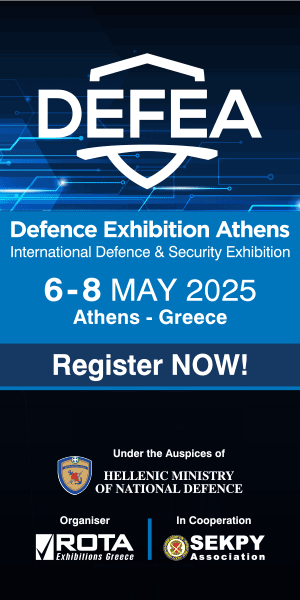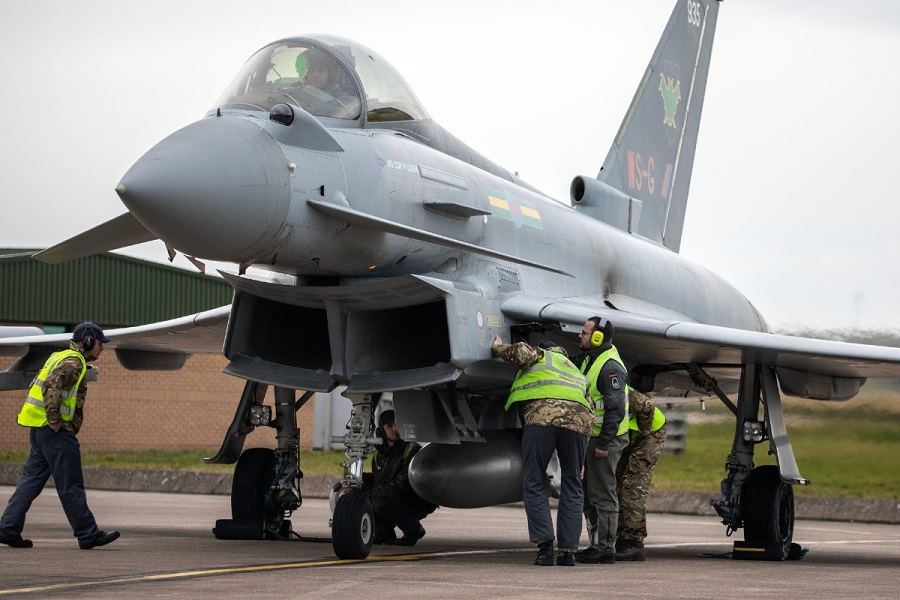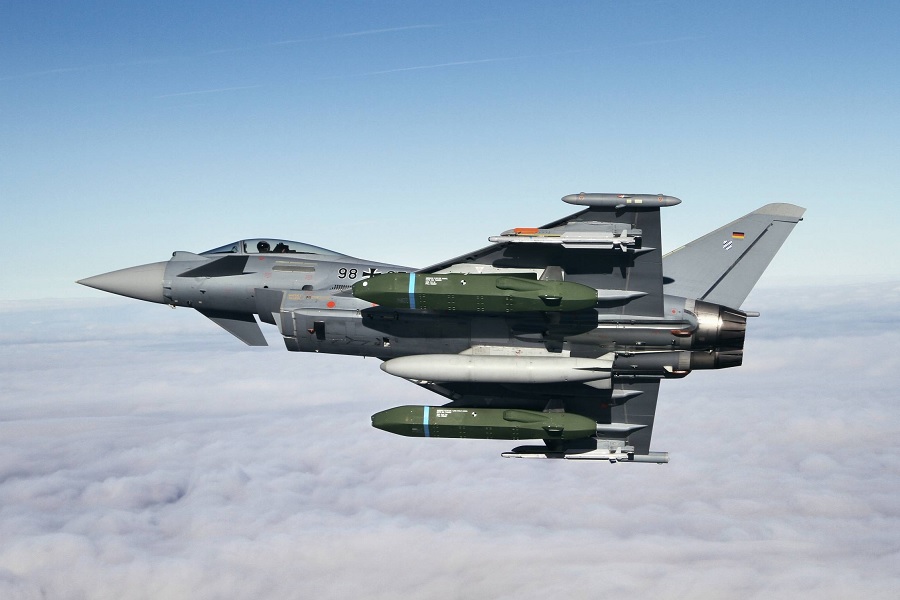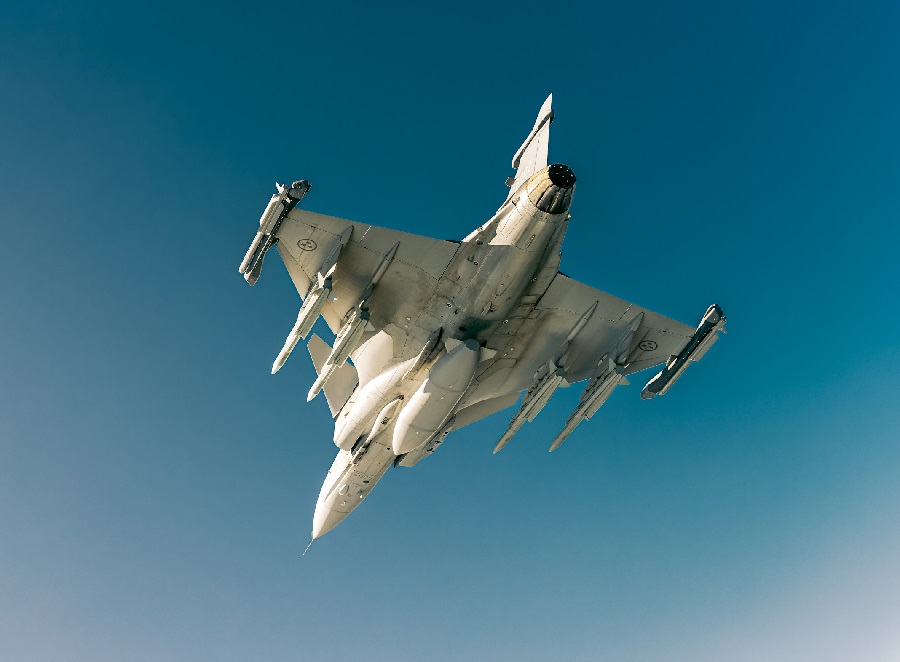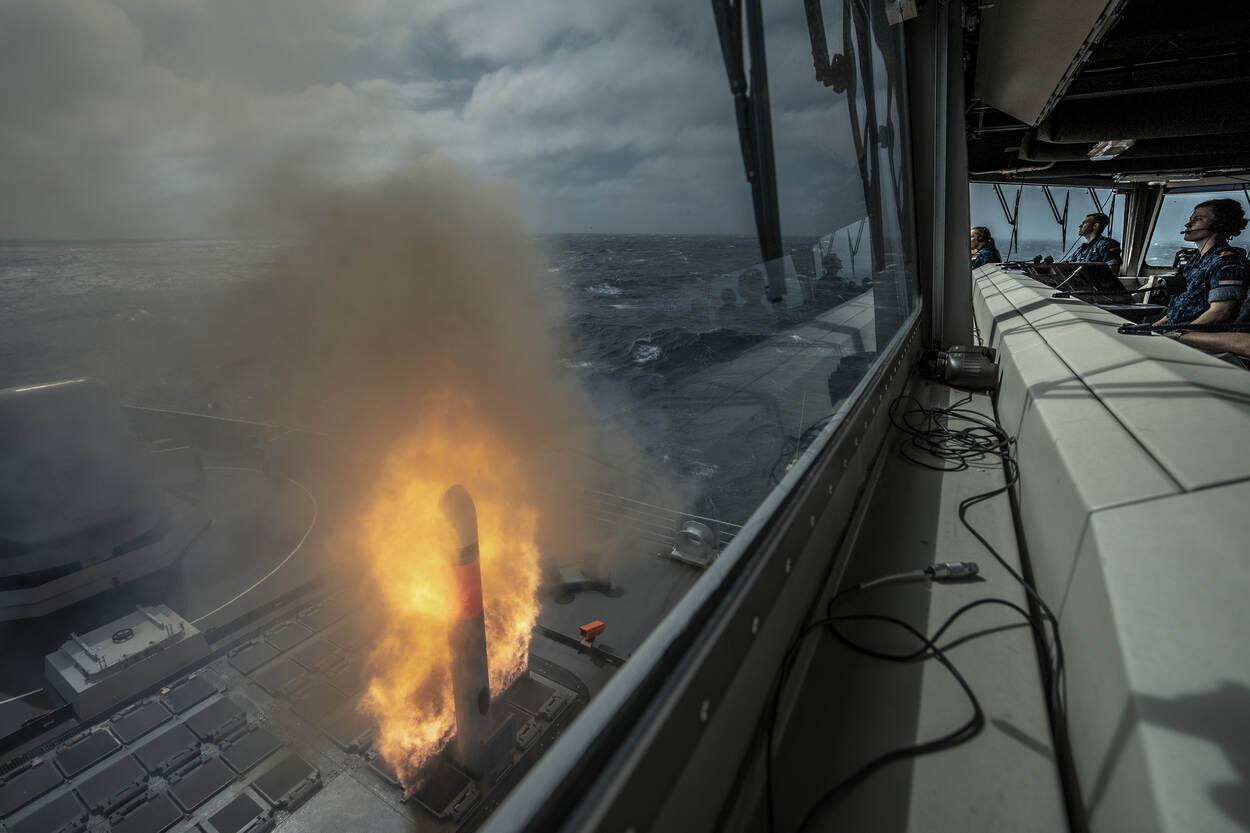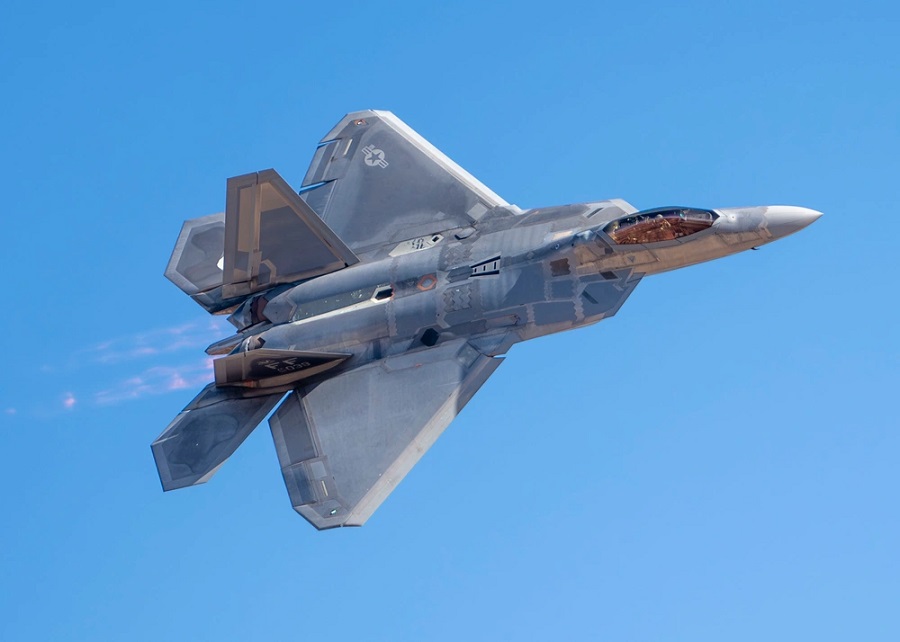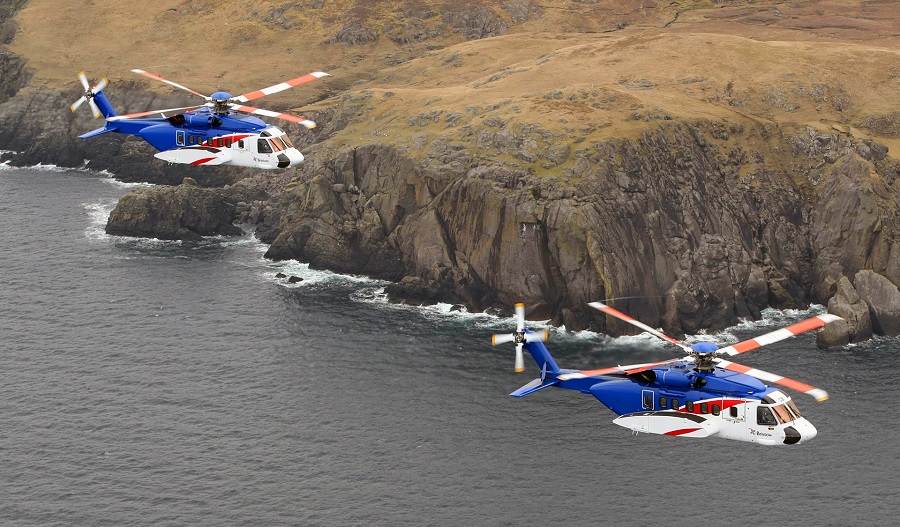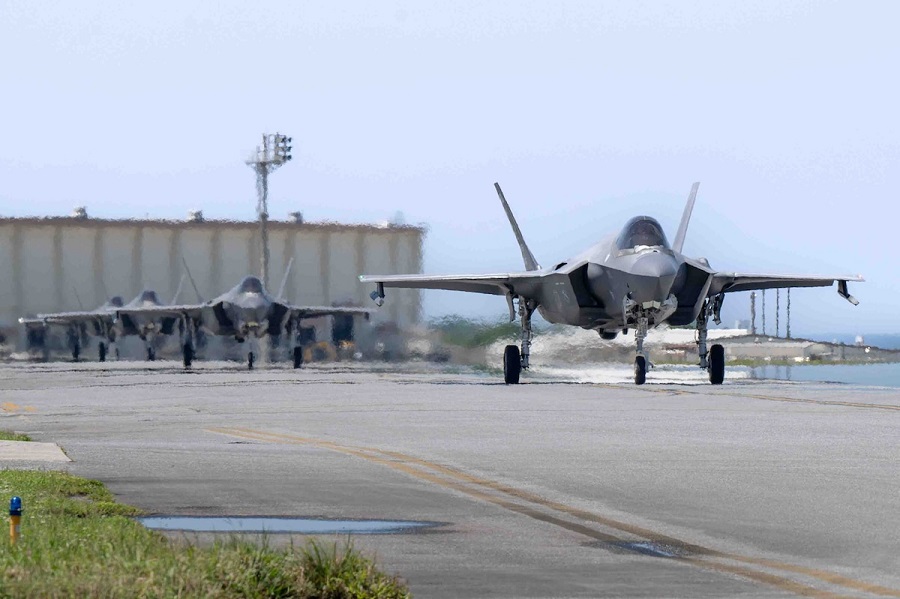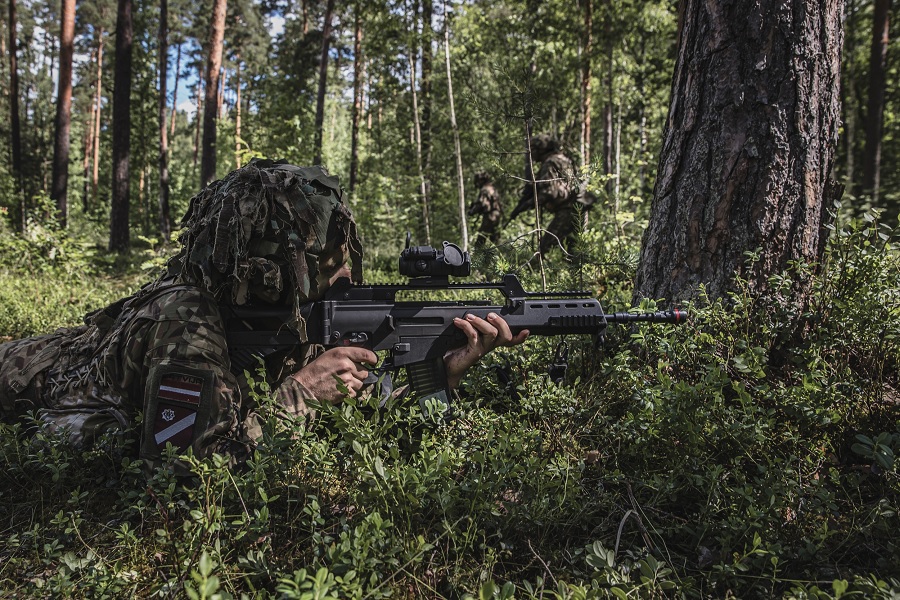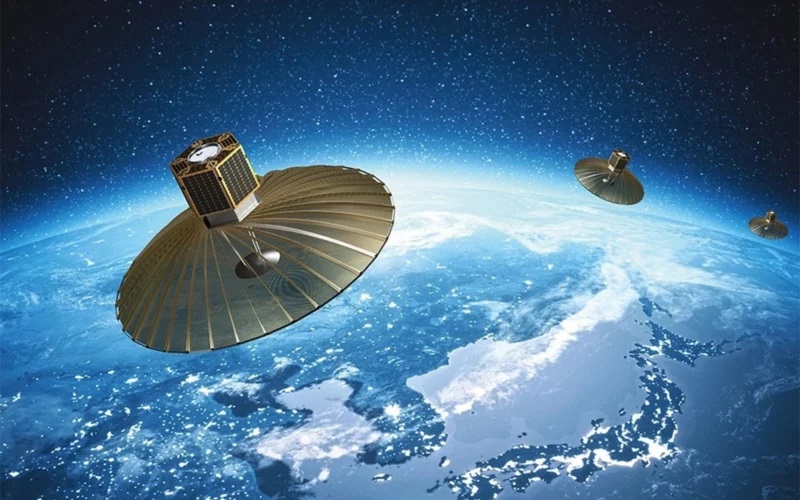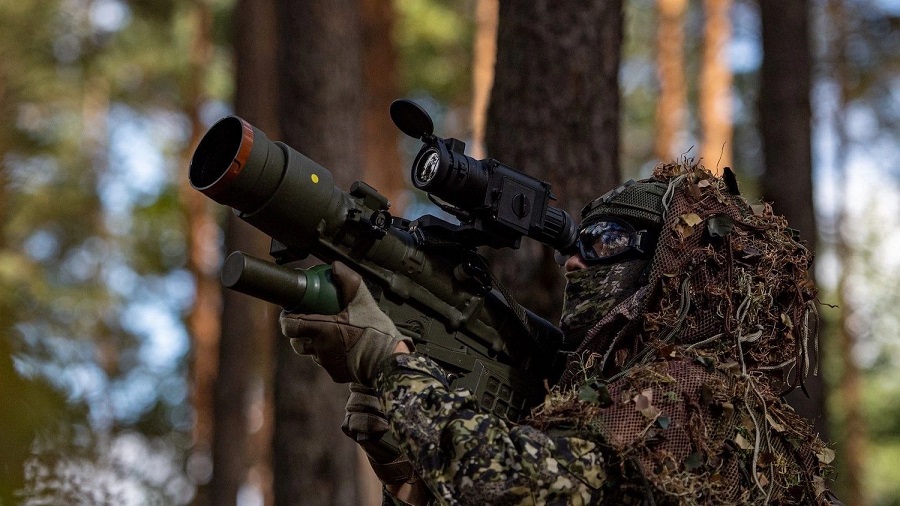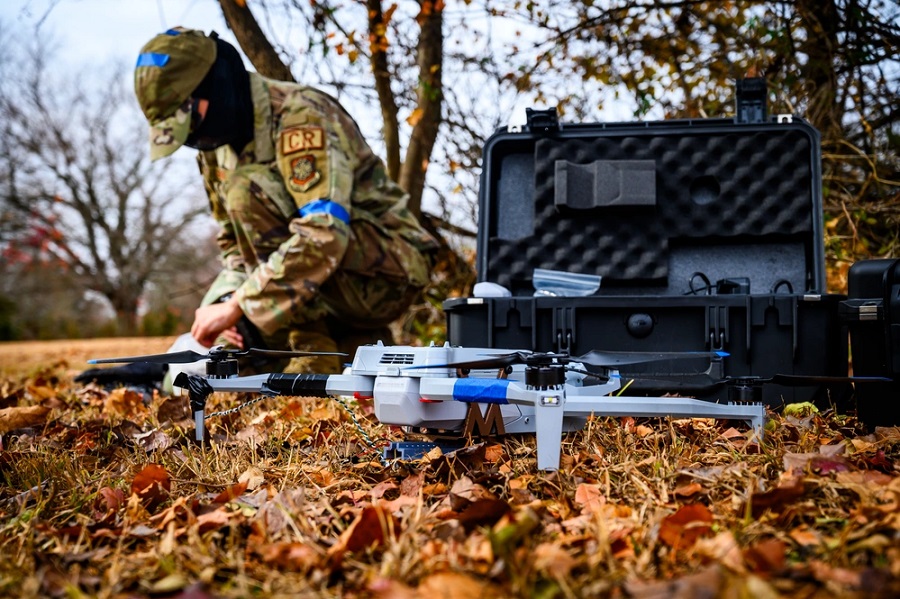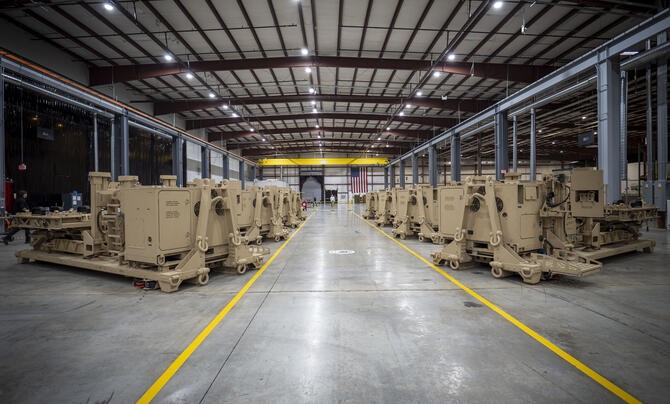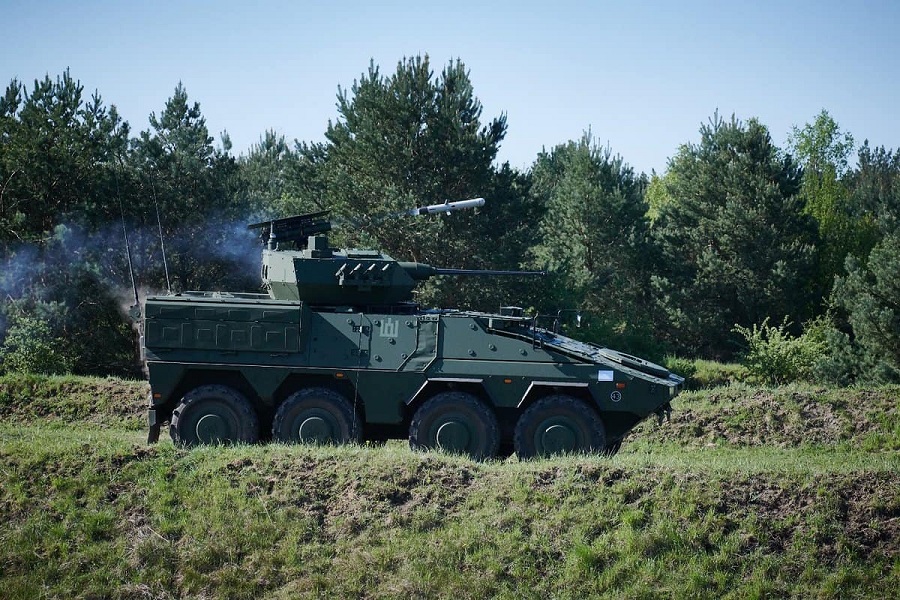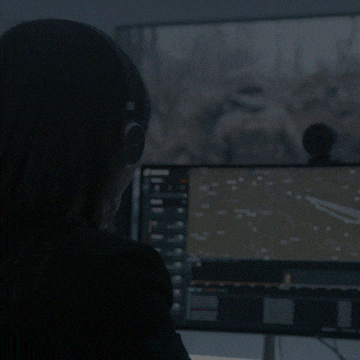The Eurofighter Typhoon is typically designed for shorter missions, making this flight particularly challenging. The aircraft is usually limited to a maximum of ten hours in the air without stopping, which required careful planning and preparation to ensure the mission could be conducted safely.
The pilots also faced significant physical and mental challenges during the flight. To prepare for the long hours in the cockpit, they participated in workshops focused on managing fatigue, boredom, and physical discomfort. These sessions provided strategies to help the pilots stay alert and focused, particularly during critical tasks like mid-air refueling.
The flight began in the morning in Chitose and concluded late at night in Hawaii. Despite the long duration, one of the pilots, Oberstleutnant Marco B., reported that the flight went smoothly and that they could have continued flying for even longer. The mission included both daytime and nighttime operations, with refueling taking place during the night.
The number of refueling operations needed was fewer than initially planned, and the pilots managed the landing without any issues.
The German Air Force has applied for official recognition of the record in the Guinness World Records. This flight demonstrates the capabilities of the Eurofighter Typhoon and the skill of the pilots involved. The record is expected to be a significant achievement in the history of military aviation.





